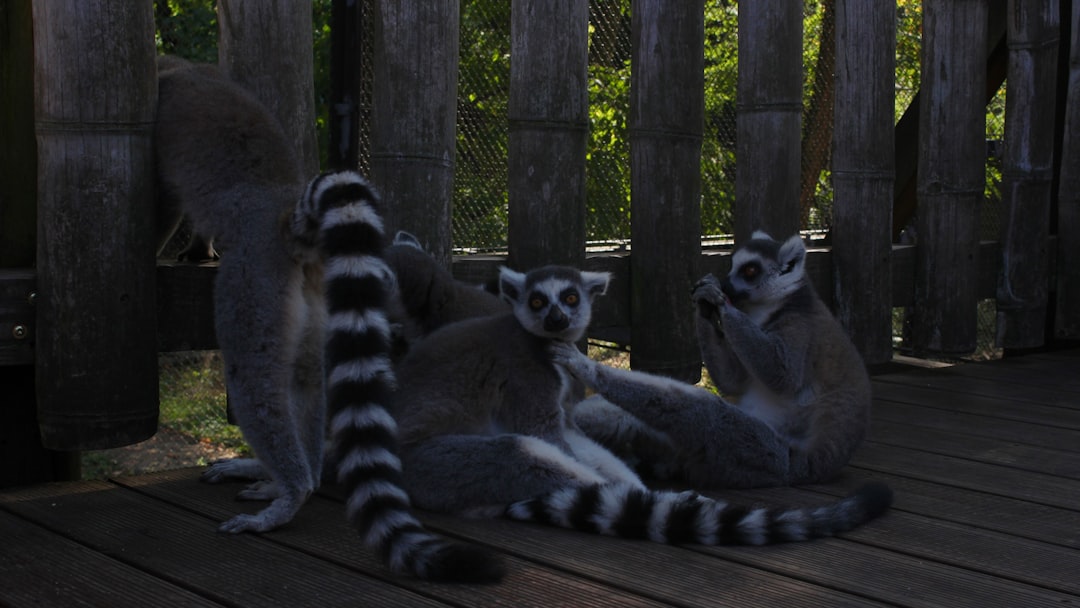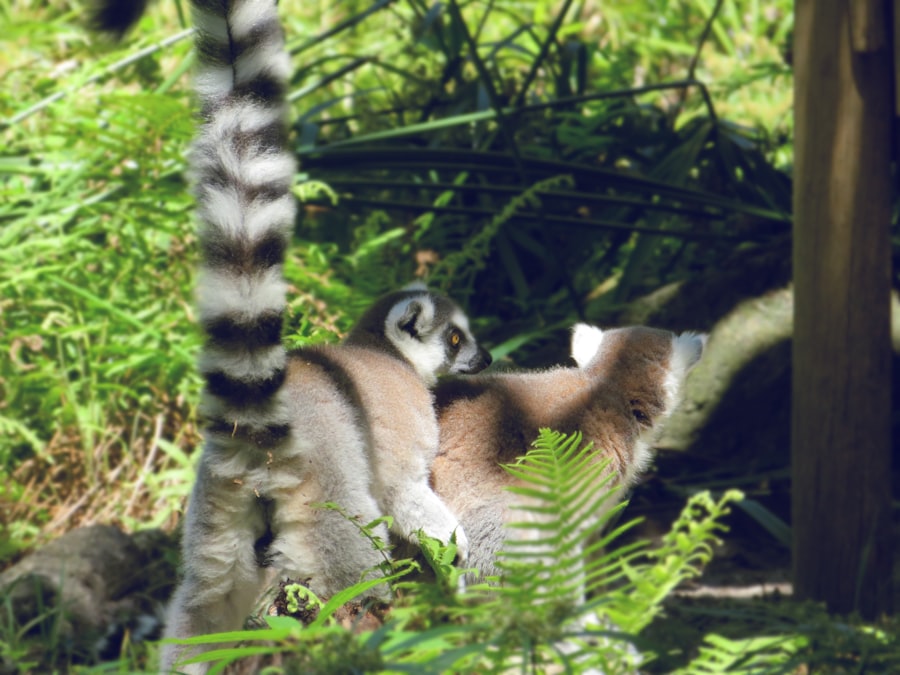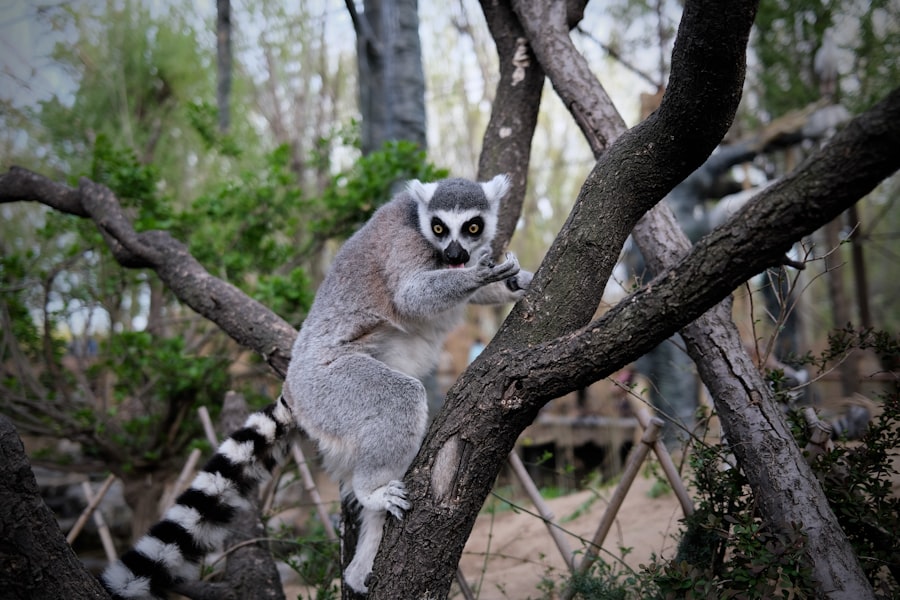
Madagascar, the fourth largest island in the world, is a land of extraordinary contrasts and unparalleled natural beauty. Located off the southeastern coast of Africa, it is separated from the mainland by the Mozambique Channel. This island nation boasts a rich tapestry of landscapes, ranging from lush rainforests and arid deserts to stunning beaches and rugged mountains.
Madagascar’s geographical isolation has played a pivotal role in shaping its unique ecosystems, resulting in a high degree of endemism among its flora and fauna. Approximately 90% of the wildlife found here is not found anywhere else on Earth, making it a hotspot for biodiversity. The island’s history is as fascinating as its ecology.
It was first settled by Austronesian peoples around 2,000 years ago, followed by waves of African and Arab migrations. This blend of cultures has given rise to a rich heritage that is reflected in the Malagasy language, customs, and traditions. The capital city, Antananarivo, often referred to as Tana, serves as a vibrant hub where ancient traditions coexist with modern influences.
Visitors to Madagascar are often captivated by the island’s charm, which is steeped in history and characterized by its warm and welcoming people.
Key Takeaways
- Madagascar is an island nation located off the southeastern coast of Africa, known for its unique wildlife and biodiversity.
- The country is home to a wide variety of endemic species, including lemurs, chameleons, and baobab trees, making it a paradise for nature lovers and wildlife enthusiasts.
- Must-visit places and landmarks in Madagascar include the Avenue of the Baobabs, Tsingy de Bemaraha National Park, and the stunning beaches of Nosy Be.
- The cultural diversity of Madagascar is reflected in its traditional music, dance, and art, with influences from Southeast Asia, Africa, and the Middle East.
- Adventure and outdoor activities in Madagascar range from hiking and trekking in the national parks to snorkeling and diving in the crystal-clear waters of the Indian Ocean. The country also offers opportunities for surfing, whale watching, and bird watching. Additionally, Madagascar is actively involved in conservation efforts and ecotourism, with a number of national parks and reserves dedicated to protecting the island’s unique flora and fauna.
Unique Wildlife and Biodiversity
Madagascar’s wildlife is one of its most compelling attractions. The island is home to an astonishing array of species, many of which are endemic. Among the most iconic inhabitants are the lemurs, a group of primates that have become synonymous with Madagascar.
There are over 100 species of lemurs, ranging from the tiny mouse lemur to the larger indri, known for its haunting calls that echo through the forests. These primates play a crucial role in their ecosystems, particularly in seed dispersal, which helps maintain the health of the forests. In addition to lemurs, Madagascar is renowned for its reptiles and amphibians.
The island hosts an impressive variety of chameleons, including the largest species in the world, the Parson’s chameleon. These remarkable creatures are not only known for their ability to change color but also for their unique adaptations to their environments. Madagascar’s amphibian population is equally diverse, with over half of the world’s chameleon species and numerous endemic frogs that thrive in its varied habitats.
The island’s unique evolutionary history has fostered a remarkable array of life forms that continue to intrigue scientists and nature enthusiasts alike.
Must-Visit Places and Landmarks

Madagascar is dotted with breathtaking landscapes and landmarks that showcase its natural beauty and cultural heritage. One of the most famous sites is Avenue of the Baobabs, a striking row of ancient baobab trees that stand majestically against the backdrop of the setting sun. These trees, some of which are over a thousand years old, have become an iconic symbol of Madagascar and attract photographers and travelers from around the globe.
Another must-visit destination is the Tsingy de Bemaraha National Park, a UNESCO World Heritage site known for its otherworldly limestone formations. The park features sharp limestone pinnacles that create a dramatic landscape, interspersed with deep canyons and rich biodiversity. Visitors can explore this unique terrain through a network of suspension bridges and walkways that offer breathtaking views of the surrounding wilderness.
The park is also home to various species of lemurs and birds, making it a paradise for wildlife enthusiasts.
Cultural Diversity and Traditions
| Country | Population | Languages Spoken | Traditional Festivals |
|---|---|---|---|
| India | 1.3 billion | Hindi, Bengali, Telugu, Marathi, Tamil, Urdu, Gujarati, Kannada, Odia, Punjabi, Malayalam, and others | Diwali, Holi, Eid, Durga Puja, Pongal |
| China | 1.4 billion | Mandarin, Cantonese, Shanghainese, Hokkien, Hakka, and others | Chinese New Year, Mid-Autumn Festival, Dragon Boat Festival |
| Nigeria | 206 million | English, Yoruba, Igbo, Hausa, Fulfulde, and others | Eid al-Fitr, Eid al-Adha, New Yam Festival, Durbar Festival |
Madagascar’s cultural landscape is as diverse as its natural environment. The island is home to 18 distinct ethnic groups, each with its own language, customs, and traditions. The Merina people, who inhabit the central highlands, are known for their rich history and influence on Madagascar’s political landscape.
In contrast, the coastal communities, such as the Sakalava and Antandroy, have their own unique practices that reflect their maritime heritage. Traditional Malagasy music and dance play an integral role in cultural expression across the island. The salegy, a lively dance originating from the coastal regions, showcases vibrant rhythms and movements that are often accompanied by traditional instruments like the valiha (a bamboo tube zither) and the marovany (a box zither).
Festivals celebrating local traditions are common throughout the year, providing visitors with an opportunity to experience the island’s rich cultural tapestry firsthand.
Adventure and Outdoor Activities
For those seeking adventure, Madagascar offers an abundance of outdoor activities that cater to various interests. Hiking enthusiasts can explore the Andringitra National Park, home to some of the highest peaks in Madagascar. The park features diverse ecosystems ranging from grasslands to dense forests, providing opportunities for trekking amidst stunning landscapes.
The ascent to Pic Boby, Madagascar’s second-highest peak, rewards hikers with panoramic views that are nothing short of breathtaking. Water sports enthusiasts will find plenty to enjoy along Madagascar’s coastline. The island boasts some of the most pristine beaches in the world, particularly in areas like Nosy Be and Île Sainte-Marie.
Snorkeling and diving in these crystal-clear waters reveal vibrant coral reefs teeming with marine life. For those interested in surfing or kiteboarding, spots like Antananarivo offer ideal conditions for both beginners and experienced surfers alike.
Conservation Efforts and Ecotourism

As one of the world’s most biodiverse regions, Madagascar faces significant environmental challenges due to deforestation, habitat loss, and climate change. However, there are numerous conservation efforts underway aimed at protecting its unique ecosystems and wildlife. Organizations such as WWF and Conservation International work alongside local communities to promote sustainable practices that balance conservation with economic development.
Ecotourism has emerged as a vital component of Madagascar’s conservation strategy. By promoting responsible travel practices that benefit local communities while preserving natural resources, ecotourism helps raise awareness about the importance of protecting Madagascar’s unique biodiversity. Visitors can engage in community-based tourism initiatives that provide authentic experiences while contributing to conservation efforts.
For instance, staying in eco-lodges or participating in guided tours led by local guides not only enhances the travel experience but also supports initiatives aimed at preserving Madagascar’s natural heritage for future generations. In conclusion, Madagascar stands as a testament to nature’s creativity and resilience. Its unique wildlife, stunning landscapes, rich cultural heritage, and ongoing conservation efforts make it a destination unlike any other on Earth.
Whether exploring its diverse ecosystems or immersing oneself in its vibrant traditions, visitors to Madagascar are sure to leave with unforgettable memories and a deeper appreciation for this remarkable island nation.
Check out this related article on Bouvet Island Facts and Places to Visit. Bouvet Island, like Madagascar, offers a glimpse into a rare and largely untouched part of the world, providing unique insights into its geography and natural environment. This article will give you a comprehensive overview of what makes Bouvet Island a fascinating place to learn about.
FAQs
What are some interesting facts about Madagascar?
– Madagascar is the fourth largest island in the world.
– It is home to a wide variety of unique plant and animal species, including lemurs.
– The official languages of Madagascar are Malagasy and French.
– The country has a rich cultural heritage, with influences from Africa, Asia, and Europe.
What are some popular places to visit in Madagascar?
– Avenue of the Baobabs: A famous group of baobab trees located in western Madagascar.
– Tsingy de Bemaraha: A UNESCO World Heritage site known for its unique limestone formations.
– Andasibe-Mantadia National Park: Home to a diverse range of wildlife, including lemurs and chameleons.
– Isalo National Park: Known for its dramatic sandstone formations and canyons.
What are some must-see sights in Madagascar?
– Lemurs: Madagascar is known for its diverse range of lemur species, which can be found in various national parks and reserves.
– Baobab trees: The iconic baobab trees are a popular sight, especially at the Avenue of the Baobabs.
– Tsingy formations: The unique limestone formations at Tsingy de Bemaraha are a must-see for visitors to Madagascar.
– Beaches: Madagascar is home to stunning beaches, such as those in Nosy Be and Ifaty.



